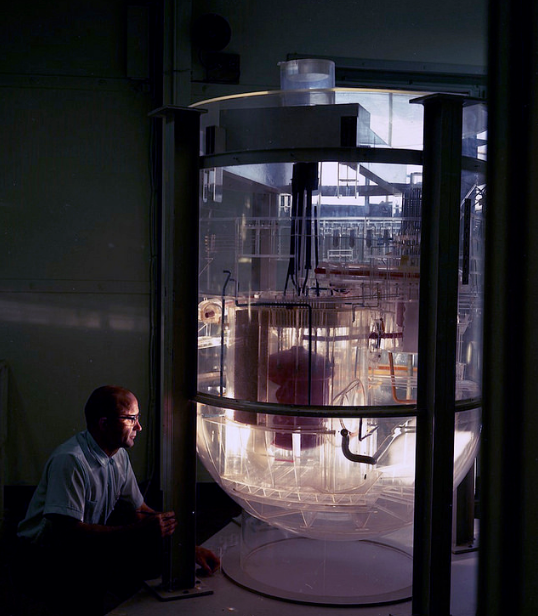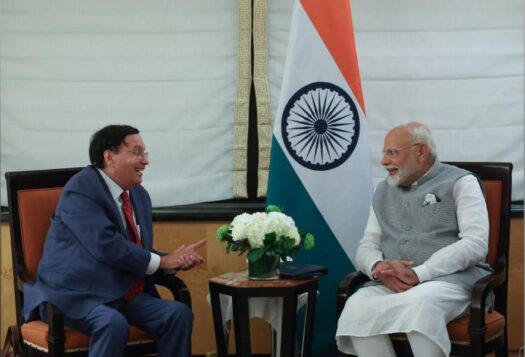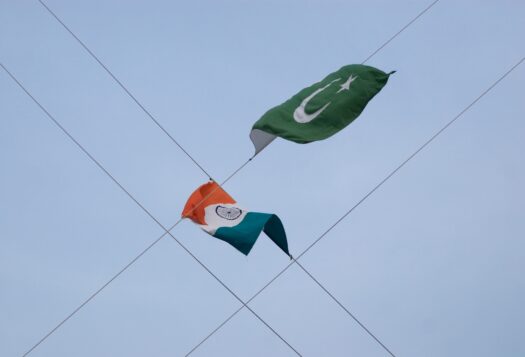
A major focus of India’s nuclear energy program has been to strengthen non-proliferation efforts. For instance, despite not being a signatory to the Nuclear Non-Proliferation Treaty (NPT), India has ratified the Additional Protocol which allows for further inspections of civilian nuclear sites by the International Atomic Energy Agency(IAEA). Along with this, New Delhi has also concentrated on nuclear waste management and nuclear safety, especially after the Fukushima crisis. In this context, it is worthwhile to consider Molten Salt Reactor (MSR) technology— could be the third stage of India’s nuclear program—because it could not only enable India to achieve Prime Minister Narendra Modi’s clean energy agenda, but also bolster its non-proliferation credentials.
What is MSR?
Molten Salt Reactor (MSR) technology is different from most current reactors in that it uses liquid fuel, instead of the more common solid fuel, as both fuel and coolant. These reactors use molten fluoride salts as the primary coolant and dissolve the fissile and fertile fuel in the salt. They use various types of fuel, including thorium. Thorium is particularly appealing to India because it has abundant thorium deposits, among the largest globally.
A Brief History
MSR technology is not a new innovation. The United States ventured into Thorium Molten Salt Reactor (TMSR) technology during the 1950s to provide the U.S. Air Force with a nuclear bomber that could fly over the Soviet Union without stopping to refuel. This generated interest in exploration of the application of TMSR technology for civilian energy use. However, the U.S. Atomic Energy Commission (AEC) called off the project in 1976 due to a lack of funding.
Advantages of MSR Technology for India
India is already examining designs for an Indian Molten Salt Breeder Reactor (IMSBR). With India’s abundance in thorium, its Advanced Heavy Water Reactors (AWHR) would use low enriched uranium (LEU) to convert thorium into uranium for energy production. The use of LEU in these reactors is an important advantage because it carries a much lower risk for proliferation than HEU. This strengthens India’s non-proliferation credentials and aligns India with the global movement away from HEU, in accordance with the recent 2016 Nuclear Security Summit.
A second important advantage of MSR technology is that it could reduce the risks of nuclear accidents in India. MSR technology uses liquid fuel which is safer than solid fuel because it “expands when heated, thus slowing the rate of nuclear reactions.” In addition, if a MSR loses access to power, a “freeze plug” dissolves and allows existing nuclear fuel to flow into an underground tank, which is configured to contain and cool nuclear fuel. This prevents a scenario like the nuclear meltdown at Fukushima, in which a massive amount of radiation was released after the plant lost access to power because of a large tsunami.
A third advantage of these reactors is that they could offer considerable cost-savings over current nuclear reactors. Specifically, MSR reactors could have lower construction costs because they operate at lower pressures and do not require the immense containment complexes of high pressure reactors. Furthermore, MSR reactors could provide even more cost-savings due to lower manpower costs and producing less radioactive waste. India’s access to large thorium reserves will further reduce costs.
India is not the only country that sees the merits of MSR technology. In fact, countries such as France, Russia, and Japan have also ventured into this arena in the past few years. In addition, China and the United States, through collaboration between the Shanghai Institute of Applied Sciences and the Oak Ridge National Laboratory, are developing this technology. India should cooperate with these countries in order to make mutually beneficial advances in MSR technology.
In short, MSR technology has many advantages for India including strengthening its non- proliferation commitments, ensuring nuclear safety, and improving waste management. However, there are several technological challenges that India would need to take into account. These include complicated maintenance procedures, and design challenges that could result in some areas of the reactors to freeze over when the reactor is operating. Drawing upon domestic and international expertise, India could address these challenges and enjoy the benefits of MSR technology.
***


